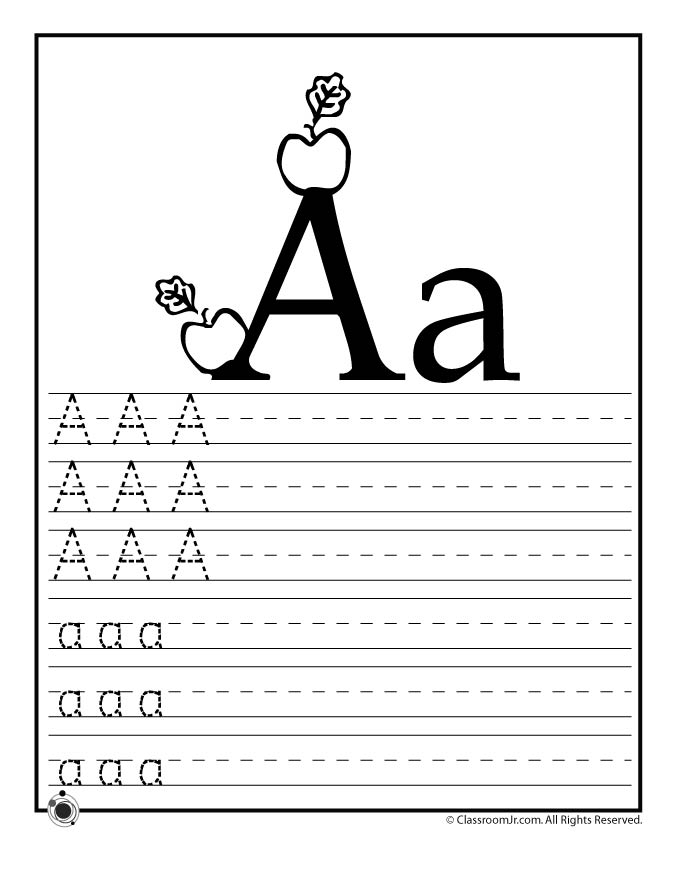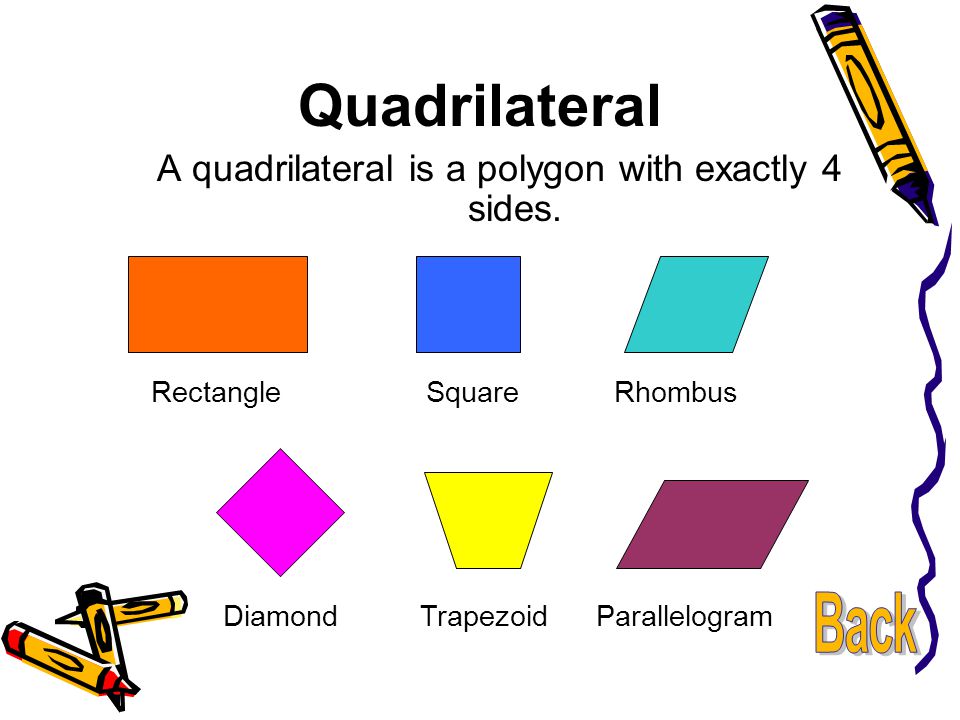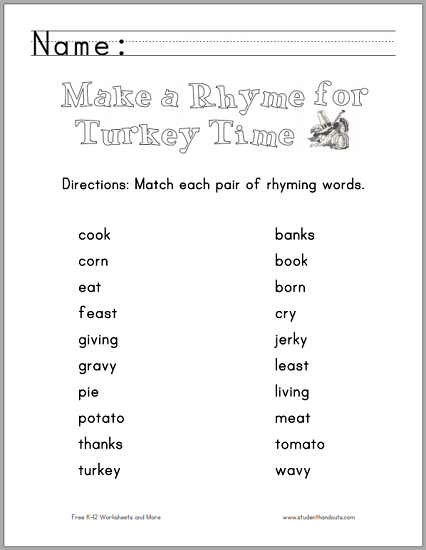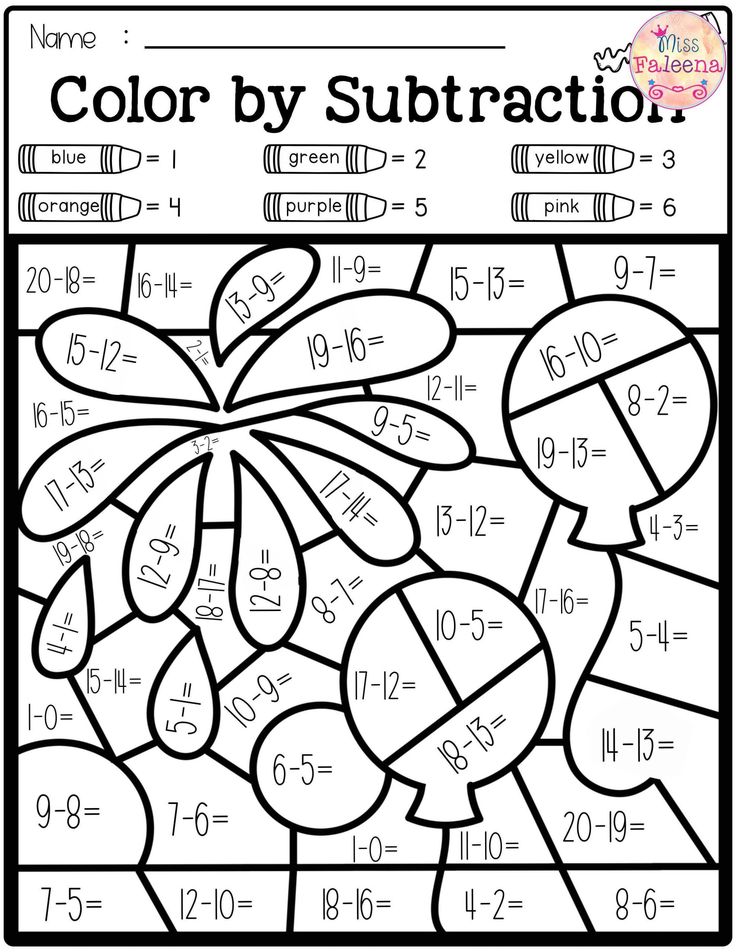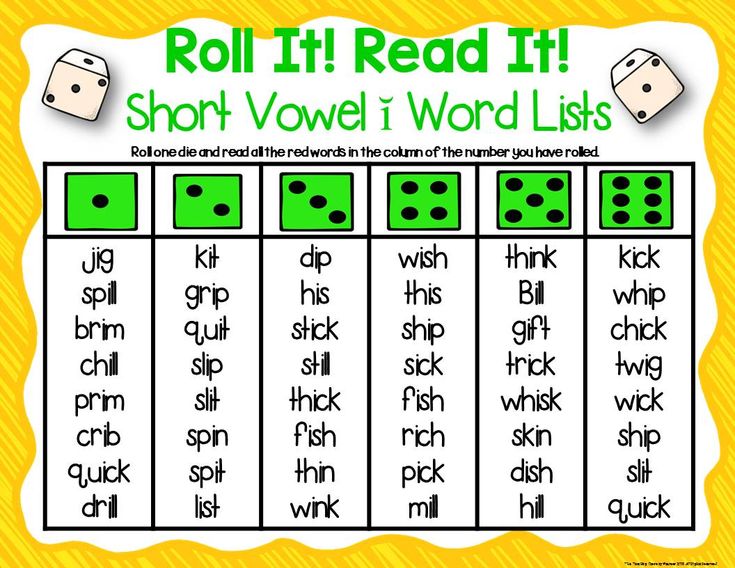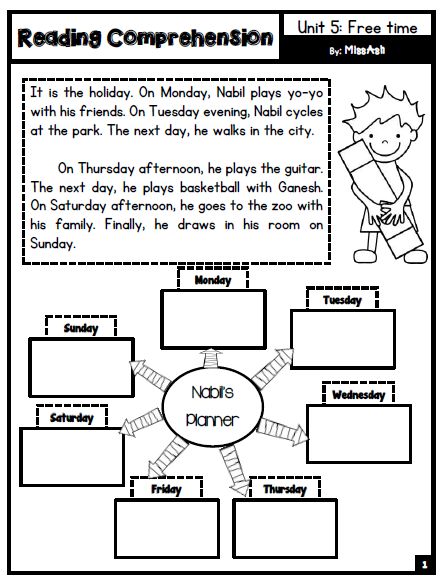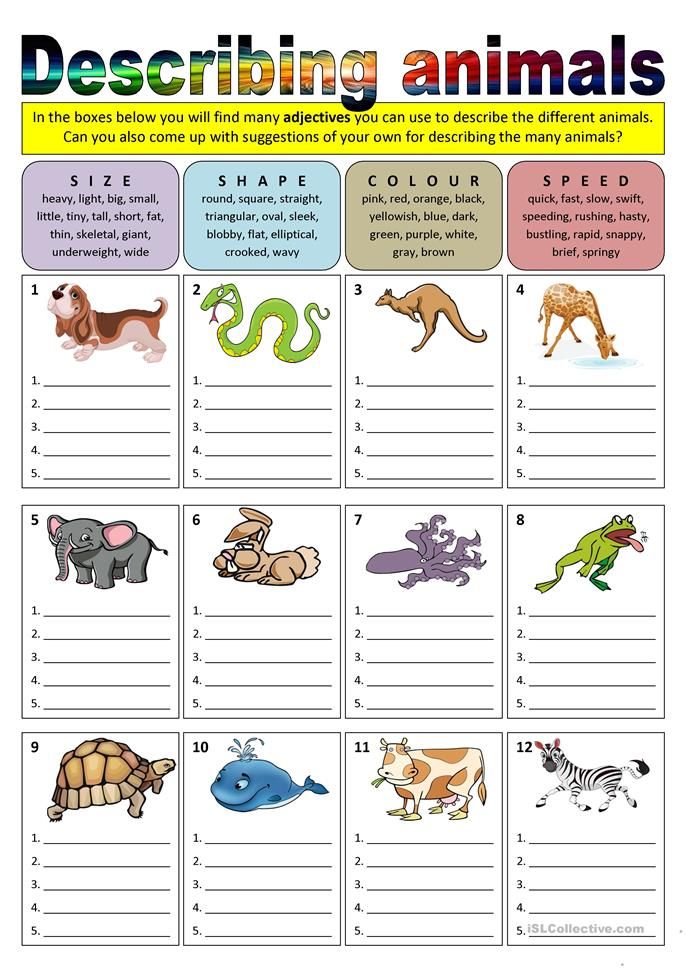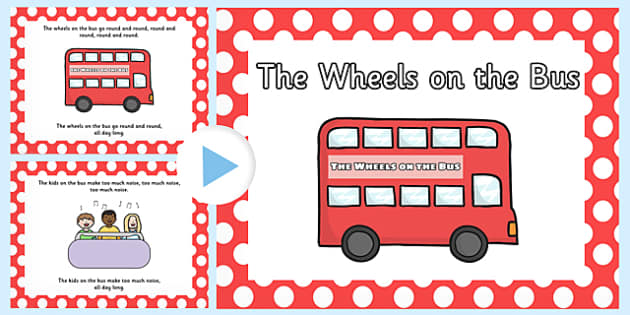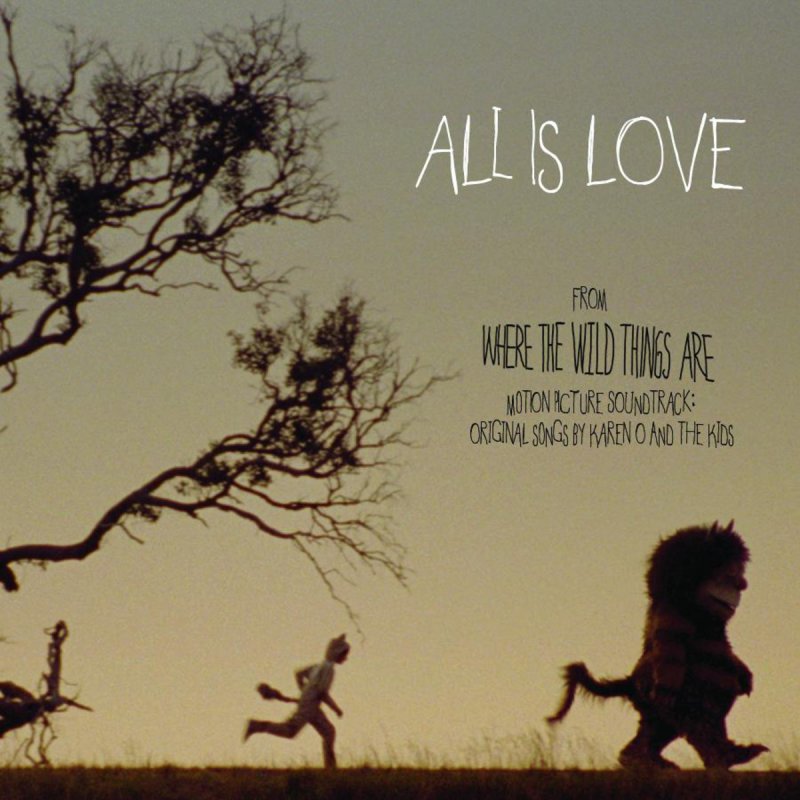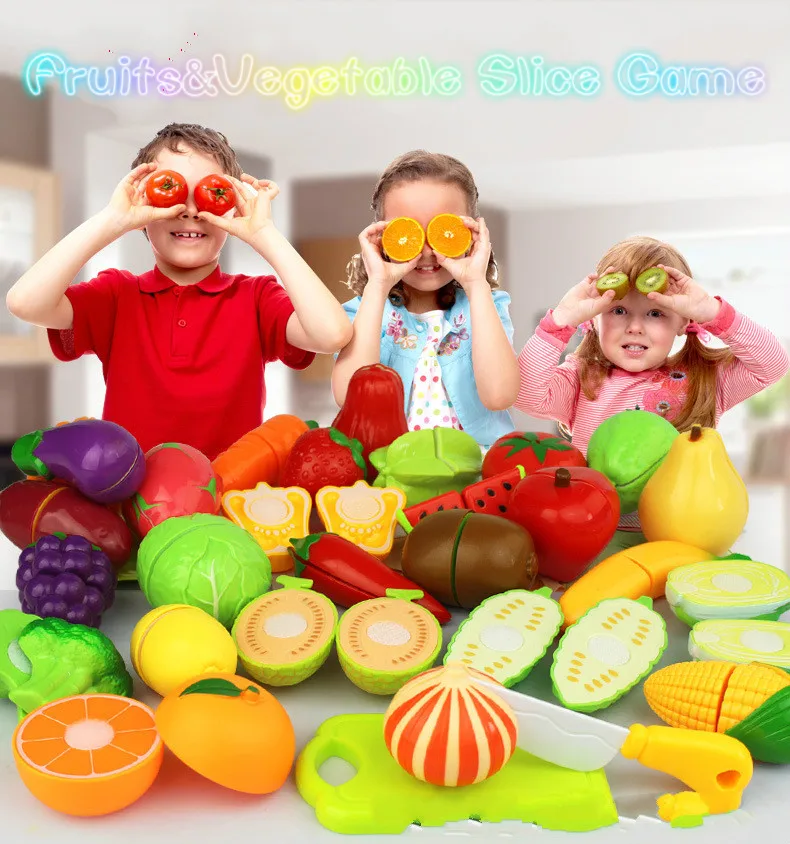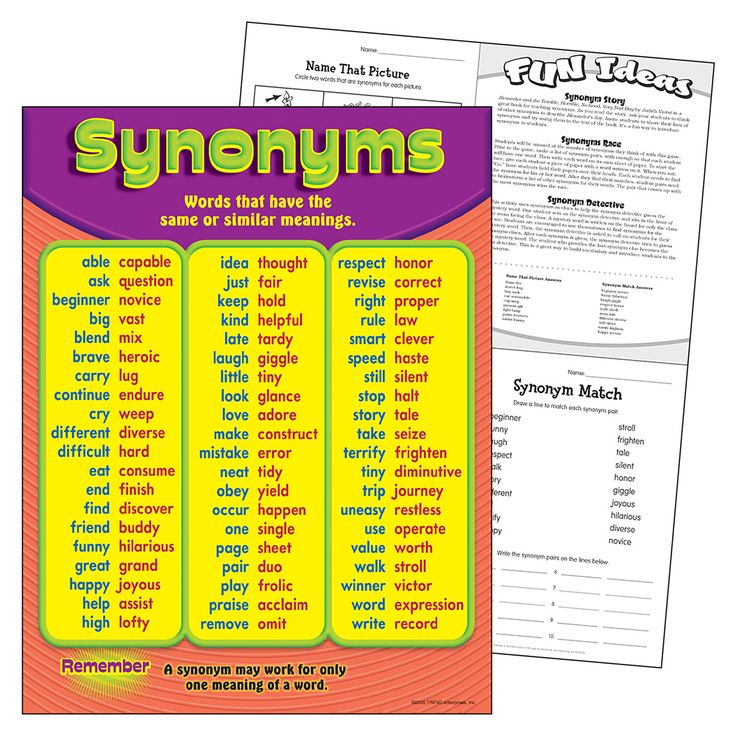Teaching abcs to toddlers
5 Easy ways to teach the alphabet to preschoolers | Daycare Blog
Teaching children the alphabet is foundational to learning how to read. Before children can put together sounds or draw together lines that make words, they need to know what they are. If you’ve never taught the alphabet before, the concept may sound abstract: how do you teach something that comes so naturally to you? Teaching letters can be really fun and simple. In this article, we’ll give you easy ways to teach the alphabet to preschoolers.
1) Sing alphabet songs
Obviously, we all know the English-language, “A-B-C-D, E-F-G,” song. That’s a great place to start. However, there are more alphabet songs, which can add variety to your tunes, and help kids learn the alphabet in different ways.
This article lists a whole bunch of alphabet songs to try. And, if you saw our article on YouTube channels for toddlers and preschoolers, you can find letter-related songs there too. The visuals in videos can show objects that start with each letter, and sometimes the songs also pronounce sounds too.
One important note brought up by this early childhood educator, is that kids should go from singing the song, to being able to say and point out the letters without a tune. So don’t stop at singing!
2) Play letter matching games
Letter matching games are easy to set up. You can have a poster board with the alphabet printed on it in large letters. Have separate letter magnets or paper letters cut out at the same size as the print letters. Ask the preschoolers to match their cut outs to the letters on the chart. Where does “A” go? Place the letter “A” cut out on top of the printed “A” on the poster board. Get them to practice doing this with all the other letters.
As the early childhood educator mentioned above noted, you can also have an alphabet ‘arc,’ where one end of a half-circle shows the letter “A”, and the other end the letter “Z”. In between you can have other letters in the alphabet shown, but not all of them. Ask the preschoolers to put down their block letters in the right sequence, using the pre-filled in letters as clues.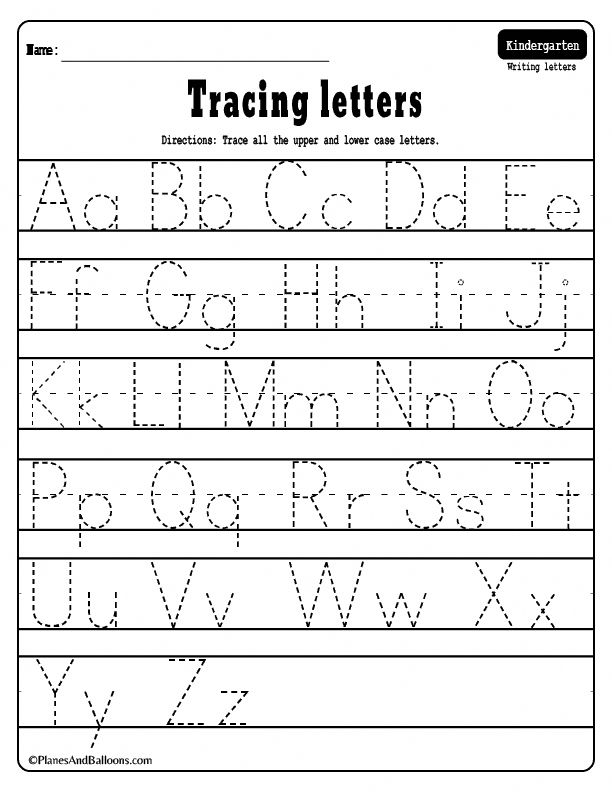
3) Open a new ‘alphabet box’ each week
You may have seen us post on Facebook that a certain week is brought to you by a letter we’re covering. It may be “C,” and you’ll see photos of us painting the letter C at daycare, or learning about animals that start with the letter “C.” Weekly letter themes are common in preschools.
You can take your weekly letter curriculum a step further by creating a box that children can open to discover objects that relate to that letter.
For example, on the week covering the letter “A,” your preschoolers can open (or even unlock) a box that contains an apple, a toy airplane, a toy alligator, an acorn, an arrow (a safe one!), and so on. In fact, don’t tell the children right away what letter the box of ‘treasures’ represents. Ask them if they can guess the letter they’ll cover that week by observing the objects in the box alone. This can be a fun and whimsical way to have your children get excited about the week ahead, and work together to come up with an answer.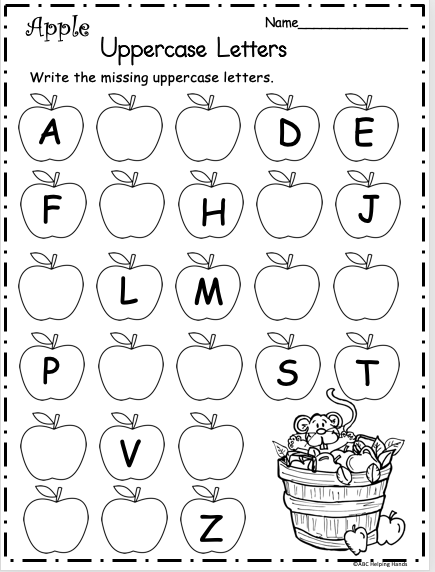
3) Use interdisciplinary learning with each letter, to strengthen letter associations
Since repeating a letter over and over again can get boring, you can mix it up a little by bringing in related lessons. You can start with a week’s letter as your core subject. Then, throughout the day, teach interdisciplinary subjects that still relate.
For example, if you are on the letter “R,” you can learn about the colour “red” too, since it starts with “R.” Ask the children, ‘what things are red?’ If you are on the letter “A,” you can learn about apples. We’ve done this before, where we teach children about the types of apples there are, as well as explain that seeds are inside an apple, and so on.
This blogger lists a whole bunch of crafts you can you incorporate into your letter learning. For example, you can make holes with a hole punch for the letter “H.” This can then lead into learning about the circle shape. You get the idea…
4) If you use flashcards to teach the alphabet, use logical ones
Flashcards are a great memorization tool, and the alphabet is all about memorizing.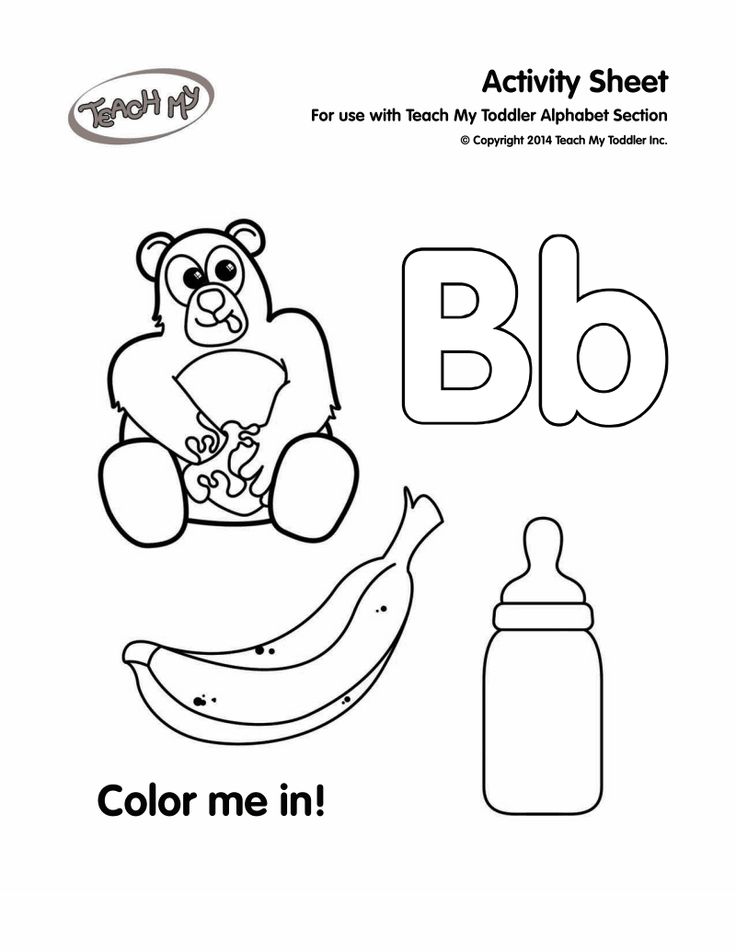 However, this teacher warns that sometimes, pre-made flashcards can get really confusing. If you are teaching the letter “D” and there is an image of something that simply uses the sound of “D” somewhere in the word, but doesn’t start with “D”… well you can quickly see how even adults would be confused by that.
However, this teacher warns that sometimes, pre-made flashcards can get really confusing. If you are teaching the letter “D” and there is an image of something that simply uses the sound of “D” somewhere in the word, but doesn’t start with “D”… well you can quickly see how even adults would be confused by that.
Remember, at this stage, you’re not teaching phonetics or complex vocabulary and pronunciation. First, children need to recognize and know the alphabet. Use the simplest flash cards, with the simplest pictures of the objects and animals that preschoolers can recognize.
That said, sometimes you want to use lowercase and uppercase letters in your flashcards…and yes, that can be confusing for the very young learners, especially when the upper and lowercase look so different, but are called the same thing. But if you’re using a set of magnets, for example, you can just use their uppercase versions, that’s ok (they may only come in that form). For very early learners, you can start really basic.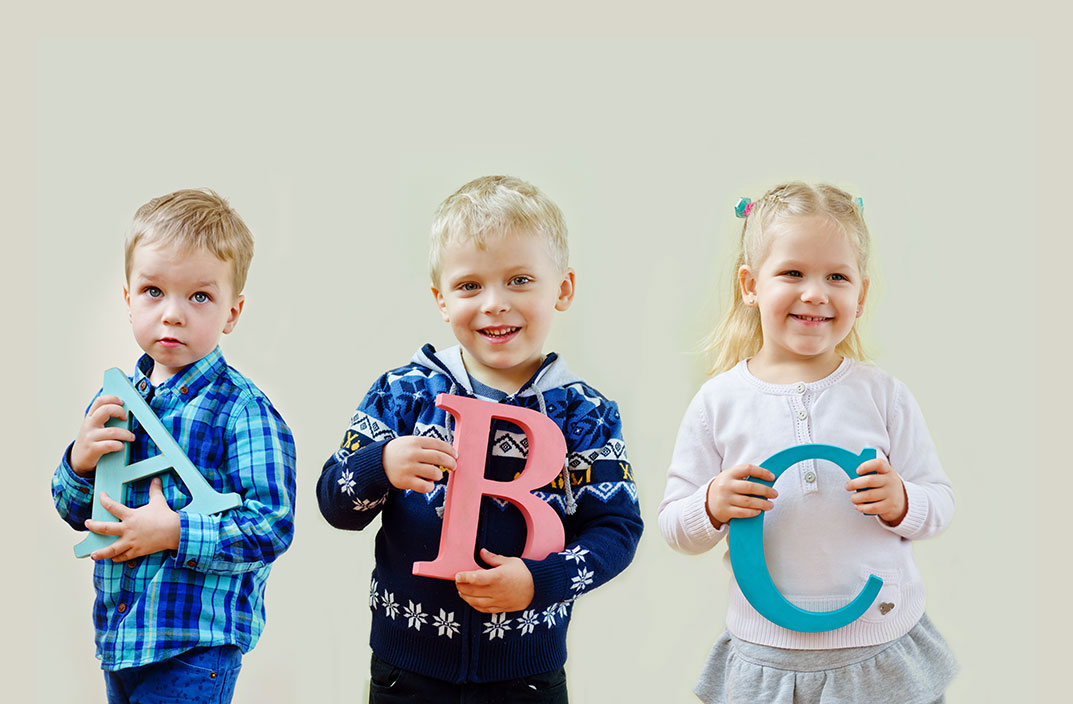 Just don’t forget to start showing them the lowercase and uppercase letters together at some point in their alphabet learning journey.
Just don’t forget to start showing them the lowercase and uppercase letters together at some point in their alphabet learning journey.
5) Eat foods shaped like letters to help preschoolers learn their alphabet
Speaking of interdisciplinary alphabet learning, why not do a baking session with the kids at preschool? They can use letter-shaped cookie cutters to make a fun and yummy snack. Meanwhile, there is a host of lessons you can teach with the baking activity. Chemistry, cooking, nutrition…the list goes on.
If you want the easy route, try commercially-sold letter-shaped biscuits. IKEA has a version of these. Ask your toddler or preschooler to name the alphabet letter they’re about to eat. Eating it can be the reward for getting it right!
And of course, there is alphabet soup, or noodles shaped like letters. You can make mealtime fun, and educational, with these edible alphabet manipulatives.
So there you have it, 5 easy ways to teach the alphabet to preschoolers.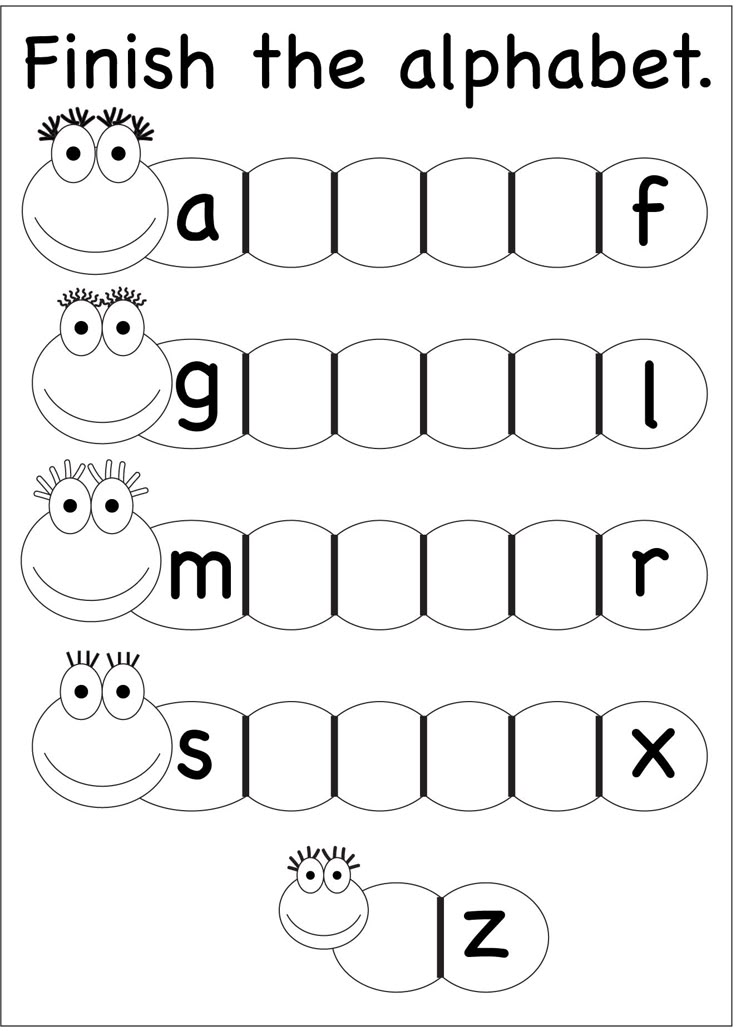 They may even be fun for you, too! It is super cute to hear little ones pronounce letters, and guess what object goes with each letter. When your preschoolers are learning the alphabet, be sure to take every teachable opportunity you can to encourage them to recognize letters in the world around them. If you’re on a field trip, ask the children if they can spot their letter-of-the-week on a street or building sign. If you’re reading a book, see if they can spot the letters you’re reading to them. Keep pushing letter recognition throughout the day, so the lessons can really sink into their memory.
They may even be fun for you, too! It is super cute to hear little ones pronounce letters, and guess what object goes with each letter. When your preschoolers are learning the alphabet, be sure to take every teachable opportunity you can to encourage them to recognize letters in the world around them. If you’re on a field trip, ask the children if they can spot their letter-of-the-week on a street or building sign. If you’re reading a book, see if they can spot the letters you’re reading to them. Keep pushing letter recognition throughout the day, so the lessons can really sink into their memory.
See more on our blog:
- How to teach digraphs to preschool children (6 ways)
- What is the best way to teach word recognition to early childhood readers?
- Why is literacy crucial in the early years? How can parents and preschools help with reading skills?
- How to teach toddlers and preschoolers to count, and learn their numbers
- Ideas for teaching shapes in preschool and daycare
14+ Simple Activities to Teach Toddlers the Alphabet
80 shares
- Share
- Tweet
Learning the ABCs is the foundation of reading and writing and something that you’ll want to start teaching your child early on.
Teaching toddlers the alphabet can often seem like a daunting task because you’ll want to create a strong foundation to build on for higher level skills.
The last thing you want to do is make letter learning stressful or frustrating. The goal is not to have them just memorize the letters and spit them back out, but to interact and grow from what they are learning now.
When Should You Start Teaching Your Toddlers the Alphabet?
The good news is that little ones are like sponges and they love to learn!
Your toddler may begin to recite the alphabet from memory by learning the ABC song closer to 18 months old, but recognizing and identifying the actual letters is a skill that may come later on.
You can start teaching toddlers the alphabet around age 2, but can even begin earlier than that.
Now that’s not to say that at two years old your child will know their whole alphabet. Two is simply the age that they can recognize a letter here and there.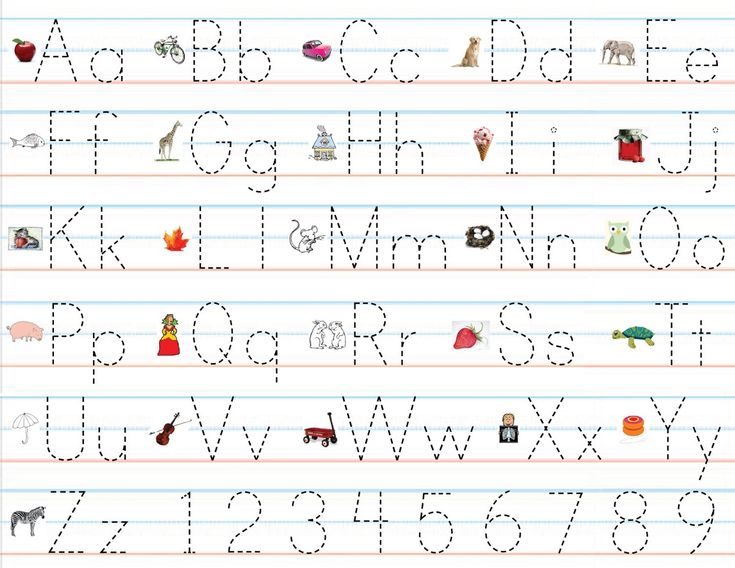
Don’t overwhelm your child by showing them the entire alphabet at once. Work on one letter at a time and your toddler should pick it up quickly.
How to Teach Toddlers the Alphabet
Children typically start recognizing the letters in their own name first and then recognize all other letters after that.
Be sure to have your child look at both uppercase and lowercase letters when learning. Most children are taught all of the uppercase letters first, however, the lowers case letters are the ones that they will see more often when they read or see words.
Incorporating the Alphabet in Everyday Activities
One of the best things about teaching toddlers the alphabet is that you can include simple activities throughout the day. Some of my favorite ways to do this are:
Board Books
If you aren’t already, reading to your children is so important and great for development. Exposing them to books helps them start to recognize letters.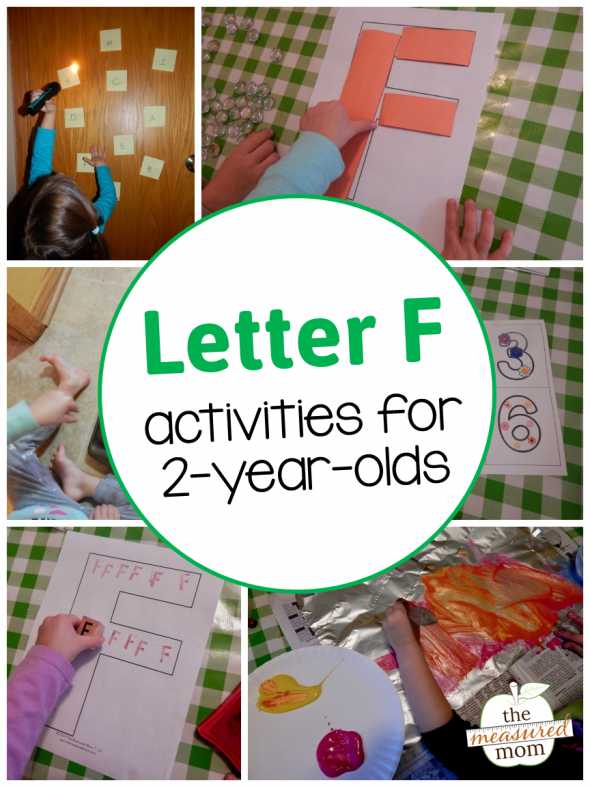
Any and all books provide so much benefit for recognizing letters as your child gets older, but board books with large letters are best for teaching toddlers the alphabet. This book allows your toddler to trace the letters with their fingers and lift-the-flap fun to help with letter learning.
ABC Toys
There are lots of different toys out there that help children learn their alphabet. Try finding toys like these letter matching puzzles that have your child match the shape of the letter.
Magnetic letters are also great. You can have them on the refrigerator so when you are cooking they can play with the letters.
Related Post: 20 Important Things to Teach Your 2 Year Old
Name Learning Recognition
Writing your little one’s name out large on a piece of paper and going over each letter is a great way to help them recognize the letters in their name. You can have them trace the letters in different colors to make a “rainbow name” activity.
These name puzzles from Bloom Owl are a great way to get your child learning the letters of their name. They’ll love playing with the puzzle as they start to recognize the letters they see all the time.
Sing the ABC song
Singing the ABC song is a great way to help your toddler learn the sequence of the alphabet. When doing an activity like letter recognition, you can sing the song and point to the letter at the same time helping them to recognize the letter name with the letter shape.
Workbooks and Printable Worksheets
Workbooks and worksheets are great tools to help children learn the alphabet and teach them what letters look like. Even if they aren’t quite able to trace yet, exposing them to the letters is still a great idea.
Letter Shows
By far the easiest resource for having your child learning letters and letter sounds is the Leap Frog shows on Netflix. They include Letter Factory, Phonics Farm, and more. If you have Netflix you can access these shows! My 20 month year old was reciting all of the letter sounds because he loves this show so much!
Games and Activities for Teaching the Alphabet
Since toddlers learn through play and exploration of their environment, they understand best when taking a hands-on approach to learning. Finding fun games and activities is a great way to teach toddlers the alphabet by making it an engaging learning experience.
Finding fun games and activities is a great way to teach toddlers the alphabet by making it an engaging learning experience.
Every child also has their own style when it comes to absorbing new information. Some children may learn best while jumping up and down, feeling objects with their fingers, or listening to a song.
Here are a few games and activities that incorporate sensory modalities to build on letter learning. They don’t involve actually writing letters, so they’re great for young toddlers as you teach them the alphabet.
Related Post: 31 Things That You Can Teach Your 3 Year Old
Alphabet Soup Via Busy ToddlerThis activity is great for toddlers because it helps them to interact with letters and have fun. You can help them by asking them what letter they found and then associating the sound the letter makes.
Writing Let
ters with Shaving Cream Via A Gift of CuriosityWriting letters with shaving cream is one of the ways my mom helped me learn letters as a child.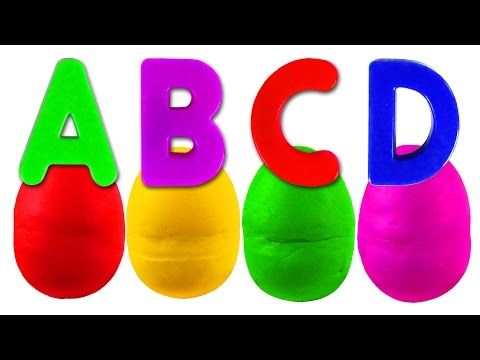 I remember having so much fun writing with shaving cream.
I remember having so much fun writing with shaving cream.
Bury some letters in rice (beans would work too!) and have your toddler find them. This is a great way to engage them with play and also help them learn to match up their letters. Another way you can change this up would be to have them match uppercase to lowercase and vice versa.
Feed the Alphabet MonsterVia I Can Teach My ChildFeed the alphabet monster is a fun and silly way to help teach toddlers the alphabet. You can leave the letters in order to start and then, later on, scramble them up. Another way to make this game a little more complex would be to have an uppercase and lowercase version of each letter.
Related Post: 10 Clever Ways to Teach Your Toddler How to Share
Sticky Alphabet TreeVia Toddler ApprovedI love this game for teaching toddlers the alphabet! I think it is adorable and functional. You can help your toddler associate words with each letter like “A for apple” or “B for bear”. As they become more proficient, you can ask them to say a word that starts with the letter they picked up.
You can help your toddler associate words with each letter like “A for apple” or “B for bear”. As they become more proficient, you can ask them to say a word that starts with the letter they picked up.
Dry Erase Letter Erasing
This is a multi-sensory activity using a dry erase board and dry erase marker or eraser to help your child learn to recognize letters. Tell them that you will tell them a letter to find. Then they must locate it on the board and erase it. This is great for little ones who don’t have control of writing actual strokes.
Teaching toddlers the alphabet doesn’t have to be complicated and learning through play is a great way to build a strong foundation for letter recognition. There are so many simple everyday activities that you can do to help them learn.
The best part is when you teach your older children the alphabet, they can help your younger children learn too!
I hope that you found some practical ways to incorporate teaching toddlers the alphabet in your everyday activities and some fun games to play!
Related posts:
5 Ways to Learn the Alphabet Quickly and Easily with a 3-6 Year Old Child – Somersault
Before learning the alphabet with a child, it is important to understand what you are not going to do.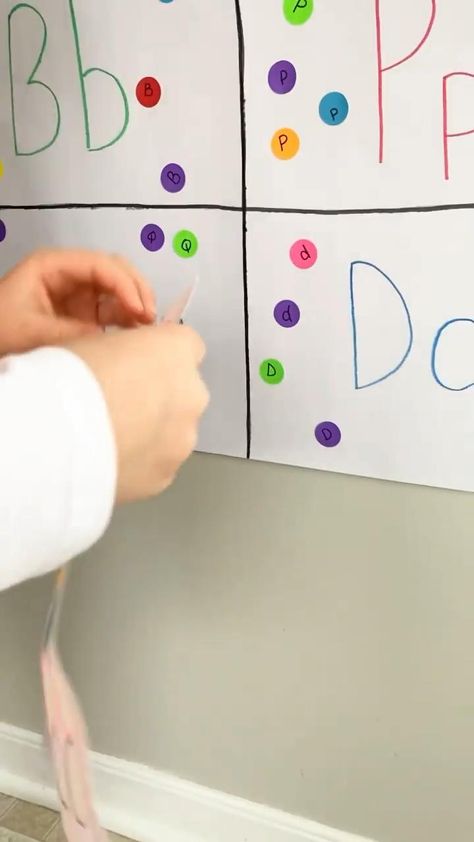 Namely, learning to read. This is a more complex skill, so it is worth putting it off until the time when the child gets acquainted with all the letters and will confidently recognize them and write on their own. Until then, put off the alphabet and reading by syllables.
Namely, learning to read. This is a more complex skill, so it is worth putting it off until the time when the child gets acquainted with all the letters and will confidently recognize them and write on their own. Until then, put off the alphabet and reading by syllables.
In this article, we have put together the basic principles to quickly learn the Russian alphabet with a 3-6 year old child in a playful way. For all games with letters, you can use plasticine, paints and any improvised means or magnetic letters - they will easily attract the attention of the child.
Contents:
- Learn the Alphabet Easily: Basic Principles
- 5 ways to learn the alphabet with your child
- From alphabet to reading
How to Learn the Alphabet Easily: Basic Principles
Each child can find an easy way to learn the alphabet that suits him or her, but there are basic principles that are important for all children.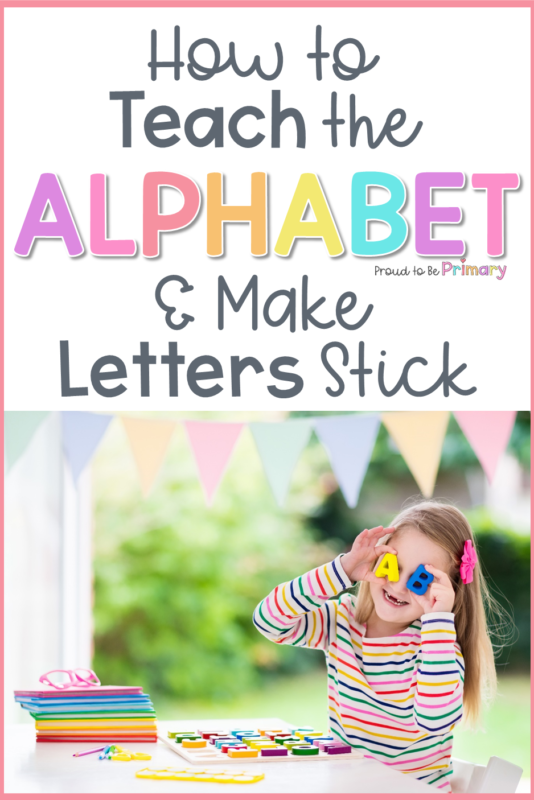 If you do not follow them, study will turn into drill and the child is unlikely to ever love to read. Here are a few such principles on how to properly learn the alphabet for a child. nine0003
If you do not follow them, study will turn into drill and the child is unlikely to ever love to read. Here are a few such principles on how to properly learn the alphabet for a child. nine0003
- Learn sounds first, not letters . At the first stage of learning, it does not matter how the letters in the alphabet are called correctly. Now only sounds are important for the child - "d", and not the letter "De". The names of the letters will only confuse the child, who first needs to learn to recognize the shape of the letters and their sound.
- Not learning the alphabet in the correct sequence . Until a child goes to school, it is of no use to him to know how the letters are arranged in the alphabet. This information will only distract him from what is really important: how the letters look and sound. The sequence of the alphabet can be learned later or even at school, where this knowledge will be tested by the teacher. nine0016
- Do not turn learning into a lesson .
 Learning from call to call is difficult even for children at school, let alone a baby. Therefore, all learning should take place in a playful way and not for long: 5-7 minutes a day to get acquainted with the letters will be enough. Gradually, this time can be increased, especially if the child likes the proposed games with letters.
Learning from call to call is difficult even for children at school, let alone a baby. Therefore, all learning should take place in a playful way and not for long: 5-7 minutes a day to get acquainted with the letters will be enough. Gradually, this time can be increased, especially if the child likes the proposed games with letters. - Use material objects . At the age of 3-6 years, the child learns the world by touch and taste. It is difficult for him to work with abstract letters spoken aloud. Therefore, it is better to stock up on plasticine and paints and create letters that are more understandable to the child and can be touched. Such a game for children will allow the child to learn the letters of the alphabet and he will recognize them in different forms regardless of what they are made of. nine0016
- First vowels, then consonants . Vowel sounds are easier to pronounce, so it's worth starting with them.
The main thing is not to force anyone.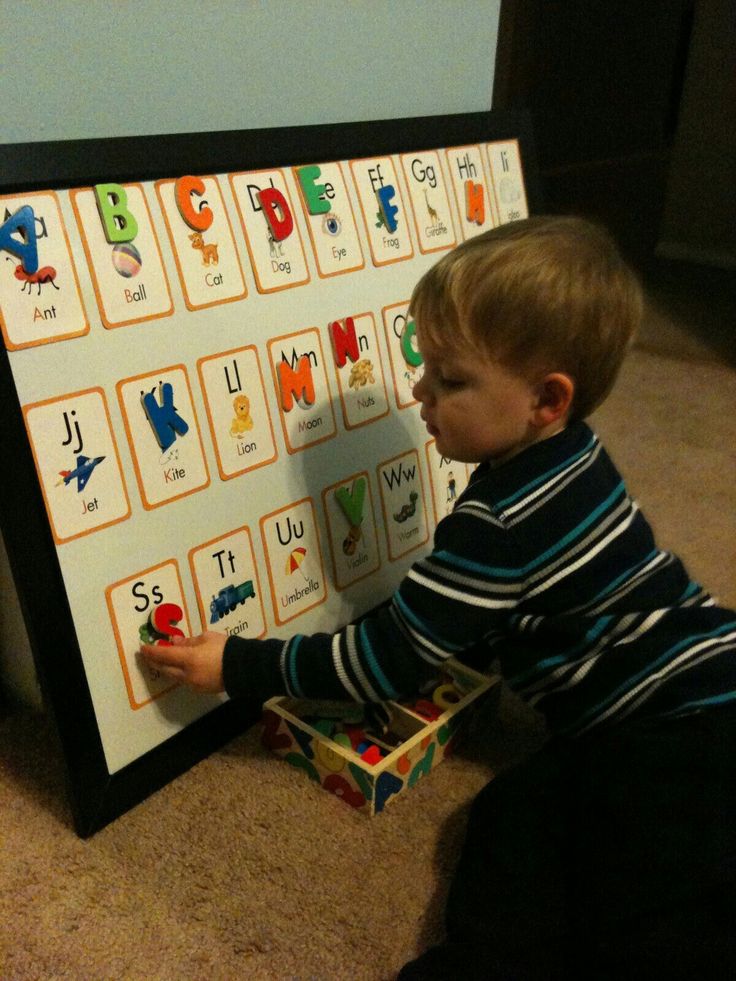 If you see that the child is inquisitive, enjoys exploring the world and is ready to learn, you can move on to learning letters and the alphabet. So the child will be happy to learn the alphabet in a playful way and gradually learn to read. So that the game is not abstract, you can use the magnetic letters TUMBLING.
If you see that the child is inquisitive, enjoys exploring the world and is ready to learn, you can move on to learning letters and the alphabet. So the child will be happy to learn the alphabet in a playful way and gradually learn to read. So that the game is not abstract, you can use the magnetic letters TUMBLING.
5 ways to learn the alphabet with your child
1. Use an interesting topic to study
Use your child's interest to spur his motivation to learn. For example, if your kid is crazy about cars, let them be the topic in which you learn the alphabet. Use any words related to cars:
"A" - bus
"B" - trunk
"C" - driver, etc.
You can show cars and their parts, draw or sculpt from plasticine. It is important that the child's focus shifts from learning to doing what they love. Additionally, the method will help expand vocabulary and knowledge about the world. nine0003
2. Cross out a letter of the alphabet in the list
Fill in a small square with arbitrary letters.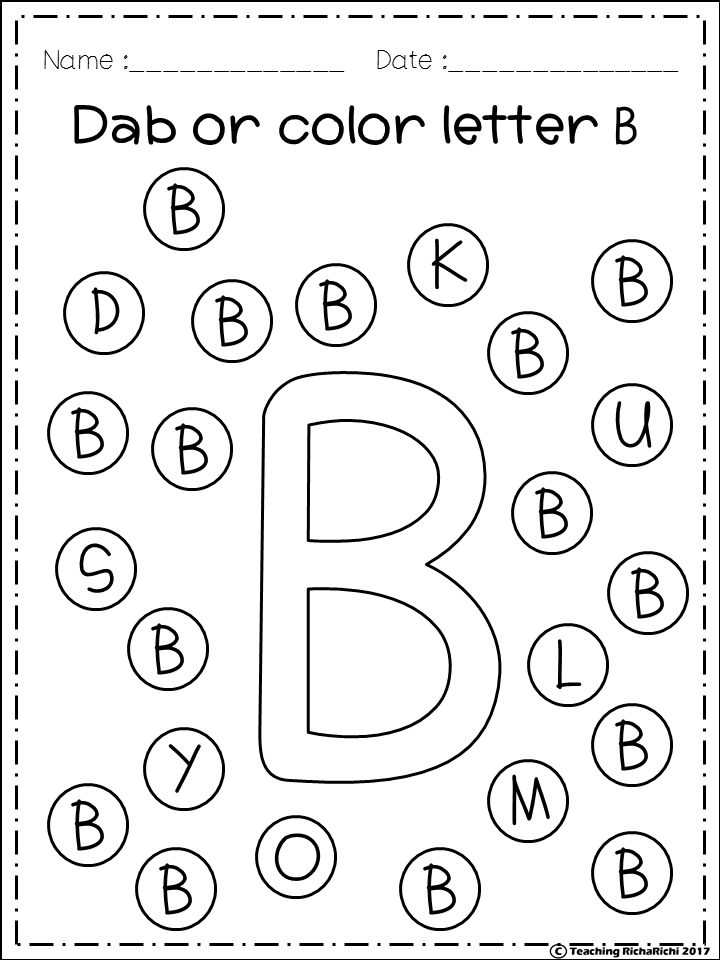 The task is to cross out only the letter that you are studying. This will help the child focus on one letter and not get distracted by the ones he doesn't remember or don't know.
The task is to cross out only the letter that you are studying. This will help the child focus on one letter and not get distracted by the ones he doesn't remember or don't know.
3. Pulling the letters of the alphabet out of the pouch
The soft-touch magnetic letters are perfect for this method. Put the letters in a bag and give the child the task, without looking, to pull out only the letter that you thought of. Let there not be too many letters in the bag, otherwise the child will get confused. 6-7 pieces will be enough. To start, use letters that are very different in shape, such as "O" and "M". Gradually, the complexity can be increased and searched among similar letters, for example, "K" and "X". Don't forget to praise and encourage your child. You can alternate the learning process with desktops. nine0003
4. Recognize letters of the alphabet by ear
You pronounce a word, and if it contains a hidden letter, the child claps his hands.
With this game for kids, you can learn individual letters or the entire alphabet. For example, you name a word, and the child inserts its first letter into the insert frame. To stimulate your child's interest, you can use only words from his favorite topic, for example, the names of animals.
5. Guess words starting with the first letter
You choose one letter and think of a word that starts with that letter. For example, the letter "Z":
- What is this animal with big ears and loves carrots?
- Hare!
This game form is again suitable for learning individual letters or the entire alphabet. If you learn only one letter, the child gets used to quickly recognizing it in different words. And if you give words with different letters, the child as a whole learns to understand with which letter they begin. With the study of the account and the English language will also help TUMBLING.
From the alphabet to reading
When a child learns the Russian alphabet, confidently recognizes all the letters in different words and can draw or mold them on his own, it is worth moving on to reading. Because you need to learn the alphabet just so that the child can read. If knowledge is not used, it will hang as an extra burden, and by the time school will be forgotten. Therefore, you should not learn the alphabet too early: at 3-4 years old, a child is simply not interested in reading books in order to learn something new. He is more interested when his mother reads. Conversely, by the age of six, the child will be glad to have his own books to read them himself. nine0003
Because you need to learn the alphabet just so that the child can read. If knowledge is not used, it will hang as an extra burden, and by the time school will be forgotten. Therefore, you should not learn the alphabet too early: at 3-4 years old, a child is simply not interested in reading books in order to learn something new. He is more interested when his mother reads. Conversely, by the age of six, the child will be glad to have his own books to read them himself. nine0003
How to learn the alphabet with a child. Learning letters together
Letters are all around us. Signs, announcements, books and magazines - all this the child sees from a very young age. But it doesn’t immediately become clear that these “squiggles” are not just incomprehensible meaningless icons, but a way to convey information in the form of text. Therefore, with the study of the alphabet, a completely new world opens up for the baby, in which letters are folded into syllables, and syllables into words that can be read and later written.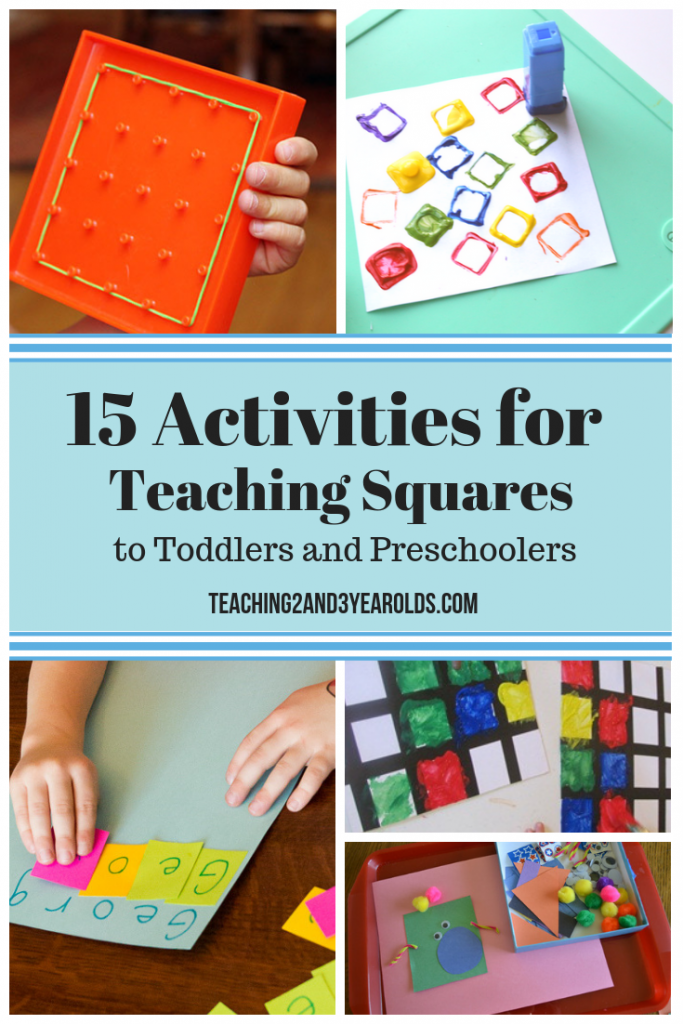 In our article, we will tell you when to start learning the alphabet, how to make the process interesting for a child, and what methods are best for children of different ages. nine0003
In our article, we will tell you when to start learning the alphabet, how to make the process interesting for a child, and what methods are best for children of different ages. nine0003
Why learn the alphabet?
It seems that the answer to this question is quite obvious - that the child could read. However, it's worth digging a little deeper. Often, parents do not fully realize what caused their desire for the child to quickly master the letters. If the kid is already 5-6 years old, and the first grade is just around the corner, then the desire to learn the basics so that further study is easier, understandable and logical. Or maybe your child is only three years old, but you want him to show off his knowledge at a family evening? Or do all the acquaintances vying with each other say that their children have not only learned the alphabet, but also read freely? Give yourself an honest answer to these questions, and consider whether it is necessary to postpone training until a more appropriate moment.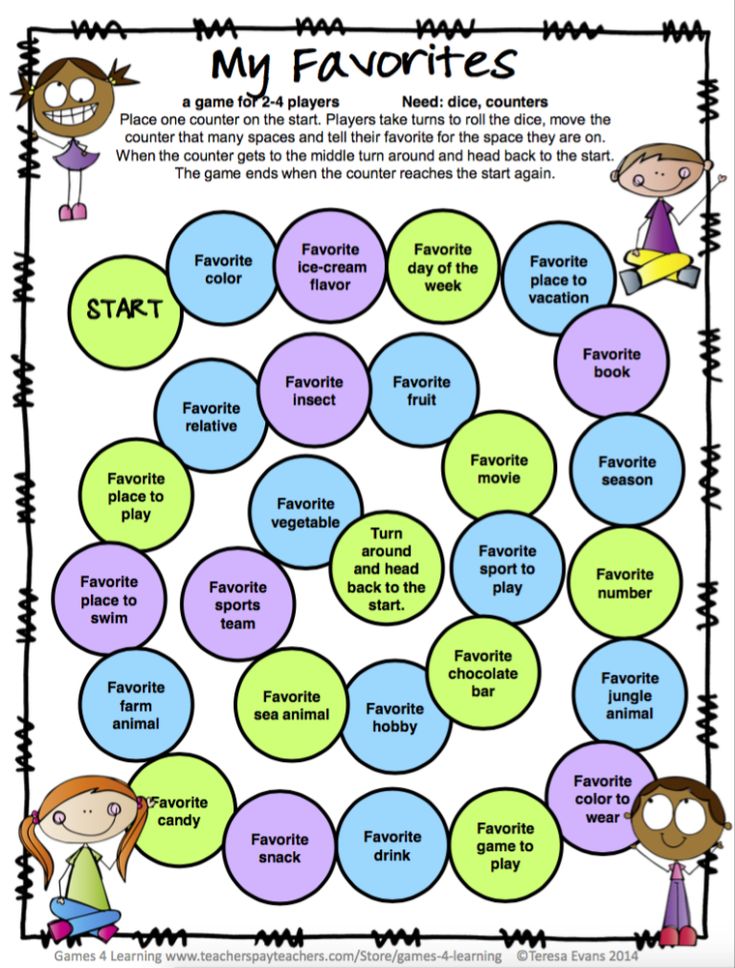 nine0003
nine0003
The most important thing is whether your child is ready. Curiosity, interest in new things, the ability to memorize previously unknown information are all signs that you can start learning the alphabet. But you should always remember that there is no point in teaching against the child’s desire, all classes should be held in an unobtrusive playful way. Questions “how to read?”, “What kind of letter?” Are pouring in on you, the baby is interested in not only pictures in books, but also captions to them, or are you going to school soon? Well, then feel free to start your acquaintance with the alphabet. nine0003
Basic tips for learning the alphabet with a child
The alphabet is not just a certain sequence of letters. This is the foundation from which the child's learning to read begins. Therefore, it is important to understand that simply learning the alphabet as a rhyme or a counting rhyme is possible, but practically useless if there is no practical application of the information received.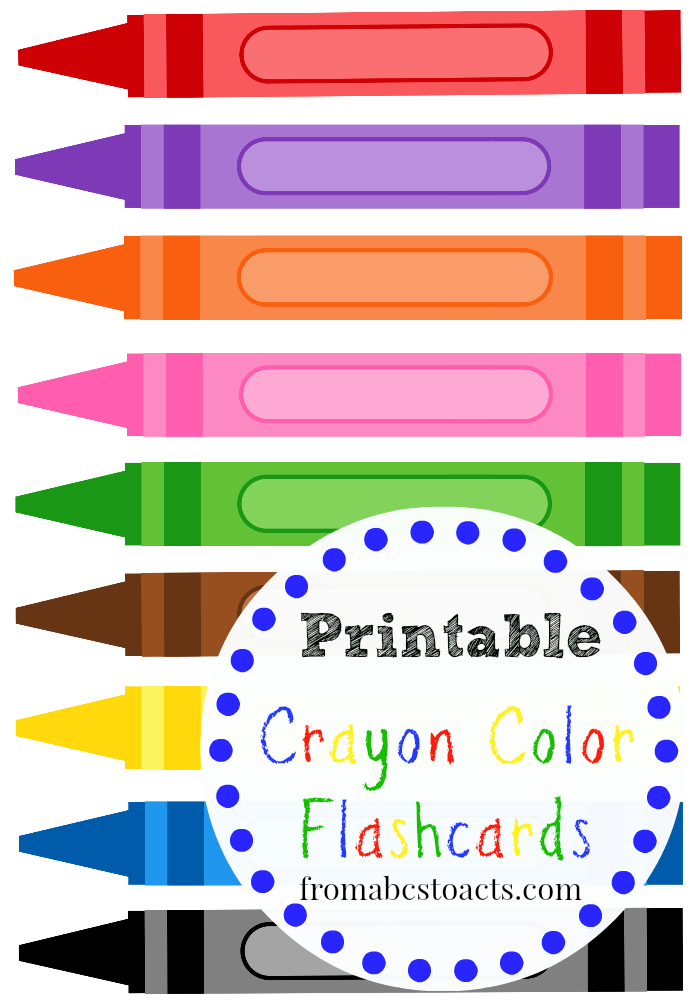 If you do not start trying to teach your child to read immediately, but after a long break, there is a high probability that your baby will simply forget the letters by this point, and you will have to start all over again. nine0003
If you do not start trying to teach your child to read immediately, but after a long break, there is a high probability that your baby will simply forget the letters by this point, and you will have to start all over again. nine0003
There are a few general rules to follow when you start learning the alphabet with children:
1. Learn the sounds, not the letters
It's easy for us adults to figure out what the name of the letter is and what sound it is means may not match. For a small child, on the contrary, such a concept may be too complicated. Do not confuse the baby, he will eventually learn that the letters are called “be”, “el” or even “and short”, better demonstrate what sounds are indicated by the corresponding signs - “b”, “l”, “y”, give examples of words with these sounds. In this way, the child, with less effort, will be able to understand how syllables are read, and later whole words. nine0003
2. Do not learn the alphabet in order
Memorizing a clear sequence is, of course, useful for the development of a child's memory, but it does not make it obvious to him what he actually learned and why.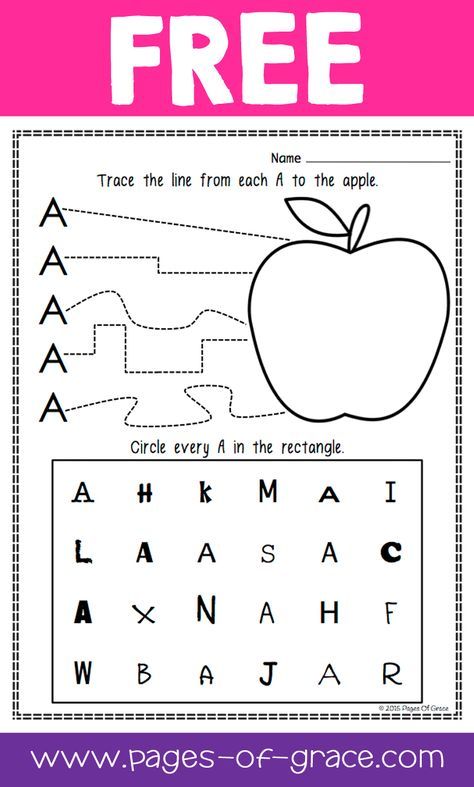 If, however, the alphabet is disassembled gradually, according to a clear and logical system, without overloading the child's perception excessively, there will be much more benefit, since knowledge will not be superficial, but based on a deeper understanding of the structure of the language.
If, however, the alphabet is disassembled gradually, according to a clear and logical system, without overloading the child's perception excessively, there will be much more benefit, since knowledge will not be superficial, but based on a deeper understanding of the structure of the language.
3. Do not mix vowels and consonants
Learning letters mixed up is no less a mistake than memorizing the alphabet strictly in order. Vowels and consonants must be studied separately, otherwise the child will be completely confused. Always remember that things that seem clear and simple to us, small children learn for the first time, so even the main sign by which sounds are divided (vowel-consonant) is not immediately comprehended. The situation when the studied letters do not have any common feature is confusing and slows down the assimilation of the material.
4. Vowels first
There are only 10 vowels in the Russian alphabet, so the child will have to remember a little at first.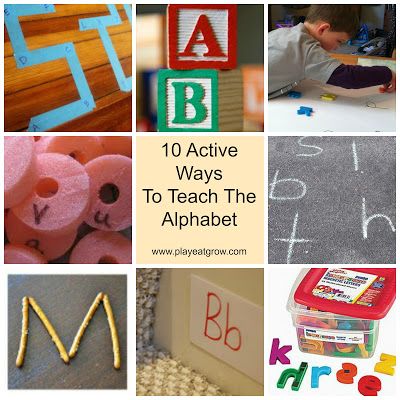 In addition, vowels require only a long “singing” and slight changes in the articulation of the lips, neither the tongue nor the teeth need to be connected, so it will be easier for the baby to understand how the written sign correlates with the sound being pronounced. When all the vowels are firmly learned, it will be possible to add consonants.
In addition, vowels require only a long “singing” and slight changes in the articulation of the lips, neither the tongue nor the teeth need to be connected, so it will be easier for the baby to understand how the written sign correlates with the sound being pronounced. When all the vowels are firmly learned, it will be possible to add consonants.
5. Don't force learning
Of course, you really want your child to learn all the letters and start reading as soon as possible, but you still shouldn't rush. Learn one or two letters, repeat what you have learned more often, do not move on to a new one without waiting for the consolidation of what has already been studied. Start with very simple and clear things. Show the young student the letter "A", tell how it is pronounced, what it looks like, what words begin with it. Fold it together with the baby from sticks, draw or mold it from plasticine - tactile sensations will help the child better remember the image of the letter and associate it with sound.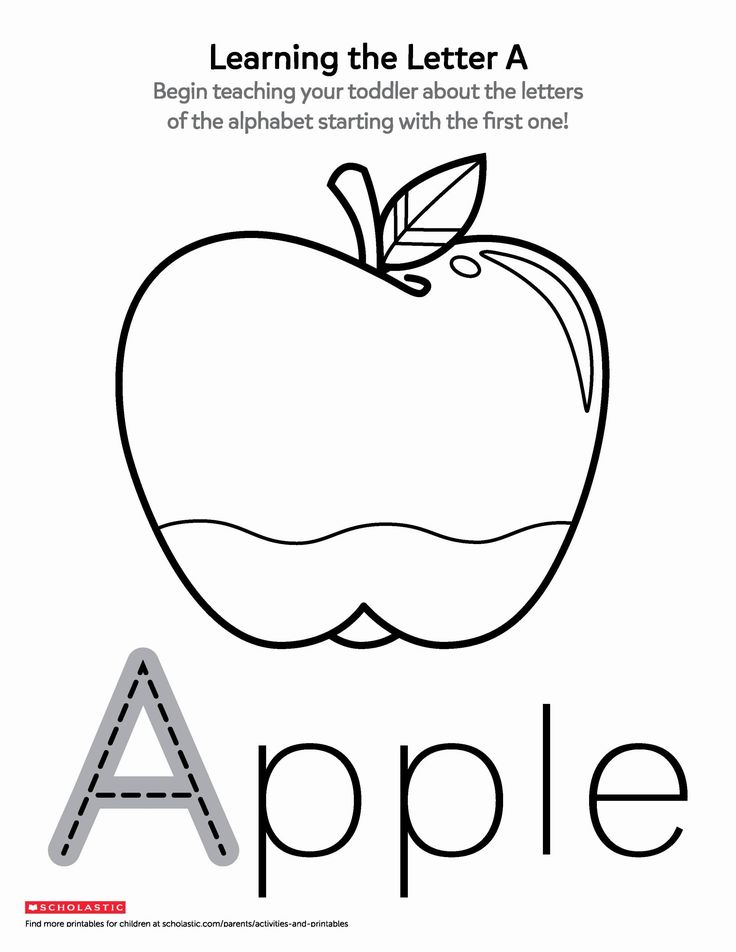 Apply theory to practice, for example, ask while walking to look for the letter "A" on signs, in advertisements, and so on. Only when the child has learned the letter and the corresponding sound, proceed to the next, all the same one at a time, methodically and slowly. nine0003
Apply theory to practice, for example, ask while walking to look for the letter "A" on signs, in advertisements, and so on. Only when the child has learned the letter and the corresponding sound, proceed to the next, all the same one at a time, methodically and slowly. nine0003
Age-appropriate alphabet learning
3-4 years old
If you think your child is ready to learn letters at 3 years old, then here are some tips and tricks to help you achieve great results.
First of all, in no case do not force or coerce the child into classes, they should take place exclusively at the request of the child, in a fun way, and end as soon as you see signs of fatigue and weakening of concentration. The optimal lesson time for a three-year-old is 5-7 minutes. nine0003
Do not set a goal to learn the entire alphabet in a short time, it is at best pointless, and in some cases it can even be harmful - up to a certain point the child's brain may simply not be ready for this or that knowledge.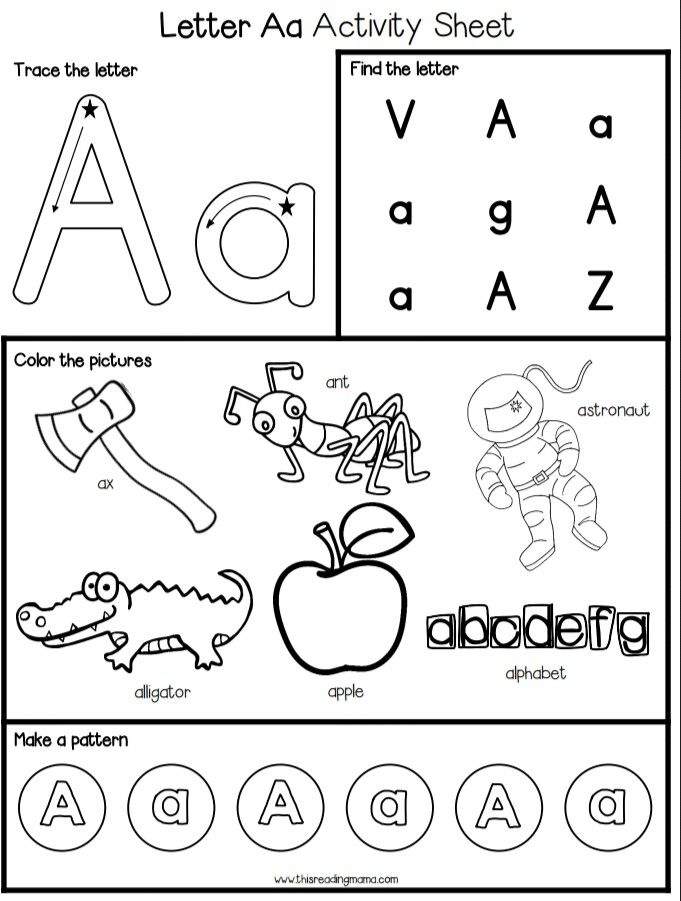 Do not try to outwit nature, at three years old your task is more to interest, captivate the child, show him the basics.
Do not try to outwit nature, at three years old your task is more to interest, captivate the child, show him the basics.
Do not overload your child with a lot of information - let your “lessons” take place no more than twice a week, and take the rest of the time to consolidate and repeat the studied material. At the same time, the regularity of classes is very important, conducting them from time to time is not the best idea, the child will get confused and forget what you went through with him. nine0003
Start with vowels. Move on to consonants only when you are sure that the child has firmly learned all 10 vowels and brought the skill to automatism. Vowels are best taught in pairs: A - Z, O - E, U - Yu, E - E, S - I. So it will be easier for the baby to remember. Later, this will also help with the assimilation of the principle of hardness-softness of consonants.
Use books with bright, large pictures. Closer to the age of four, the child will also be interested in blocks with letters, coloring books and stickers, posters with and without voice acting; but be careful with the posters - remember that we need to learn the sounds, not the names of the letters, so look for posters that pronounce exactly the sounds.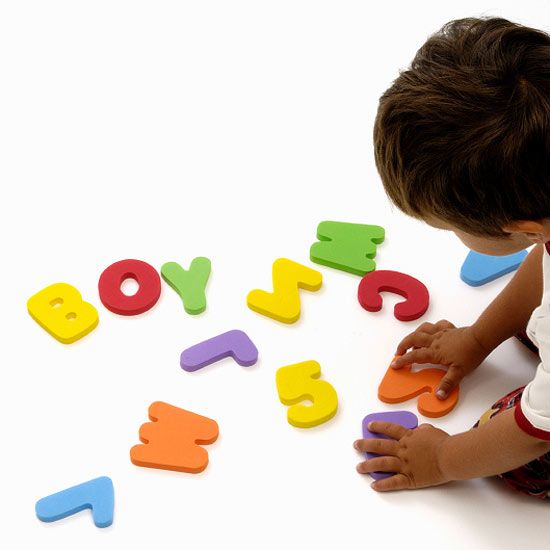 Magnetic letters will also help - they can be placed on a magnetic board or simply on the refrigerator. You can learn rhymes and songs with the mention of the sounds that you are studying, play with letters cut out of paper. nine0003
Magnetic letters will also help - they can be placed on a magnetic board or simply on the refrigerator. You can learn rhymes and songs with the mention of the sounds that you are studying, play with letters cut out of paper. nine0003
Let the child represent the letter in different ways - by drawing, modeling with plasticine, folding with sticks or drawing lines in the sand or grits. Such activities are also useful for fine motor skills, and this is a very important skill for the baby, which affects, among other things, the development of speech.
There are more consonants in the Russian language, so it will take a longer time to study them, and if you consider that most consonants have both hard and soft variants, the task becomes even more complicated. But with the right approach, there should not be any particular difficulties. If the child has already mastered all the vowels and understands the difference between, for example, “A” and “I”, then it will not be difficult for him with your help to figure out how “ma” and “me” differ.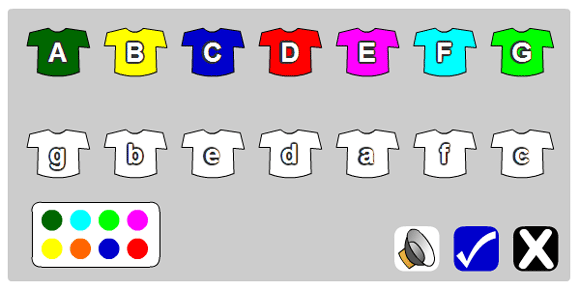 You can make a table where such pairs of syllables will be shown clearly. The main thing is to always clearly pronounce the sound yourself and achieve the same pronunciation in the child. Correct articulation is the key to both good diction and correct reading in the future. nine0003
You can make a table where such pairs of syllables will be shown clearly. The main thing is to always clearly pronounce the sound yourself and achieve the same pronunciation in the child. Correct articulation is the key to both good diction and correct reading in the future. nine0003
5-6 years old
For all our passion for early development, many experts agree that the optimal age for learning the alphabet is 5-6 years old. The child will soon go to school, which means that his brain is already quite ready to memorize all the letters and gradually learn to read. At this age, it is especially important that your preschooler speaks clearly and correctly, so pay maximum attention to his speech, whether all sounds are pronounced without problems, whether some of them need to be corrected independently or with the help of a speech therapist. nine0003
If at three years the emphasis is on the play component of classes, then by the age of 5-6 it can be slightly shifted towards the child's consciousness.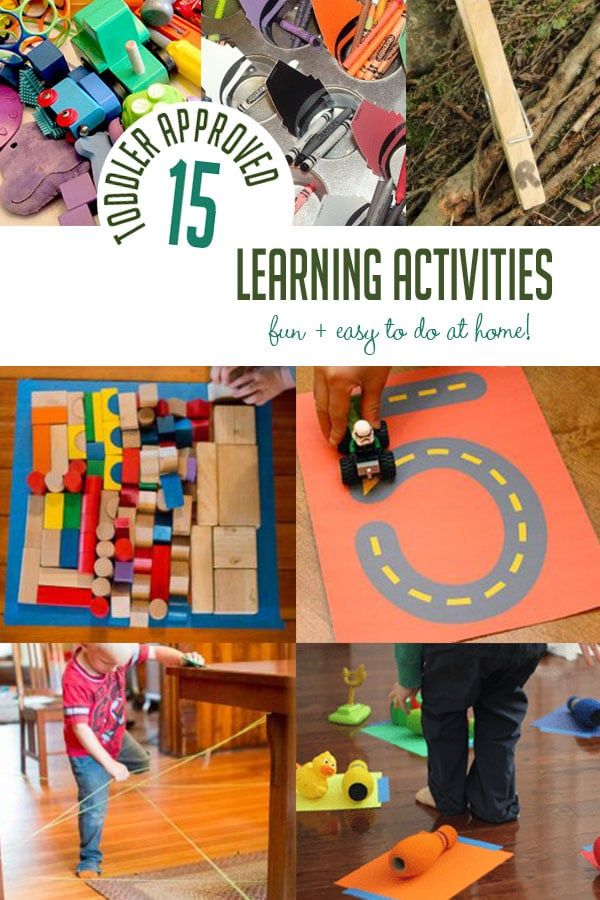 Tell us about how great it will be to read books yourself, how knowledge of the alphabet will come in handy at school. Keep the elements of the game, use the same methods that are suitable for four-year-olds, but increase the lesson time, introduce more printed materials. You will need special recipes for preschoolers, books and manuals with creative tasks, various sets of cards. nine0003
Tell us about how great it will be to read books yourself, how knowledge of the alphabet will come in handy at school. Keep the elements of the game, use the same methods that are suitable for four-year-olds, but increase the lesson time, introduce more printed materials. You will need special recipes for preschoolers, books and manuals with creative tasks, various sets of cards. nine0003
Introduce your child to syllables. Use single letter flashcards to show how a syllable is built - for example, say that a consonant and a vowel run or are attracted to each other and demonstrate their convergence by saying the syllable at the same time. Later, use cards with a ready-made printed or hand-drawn syllable in the lessons. Do not forget about the regularity of classes and the constant repetition of the material covered.
Primer training
By the age of six, a good primer will become clear and easy to learn. For example, the “Primer” by N. Zhukova is considered one of the best, although for younger children it may seem boring - it focuses on learning without providing entertainment materials.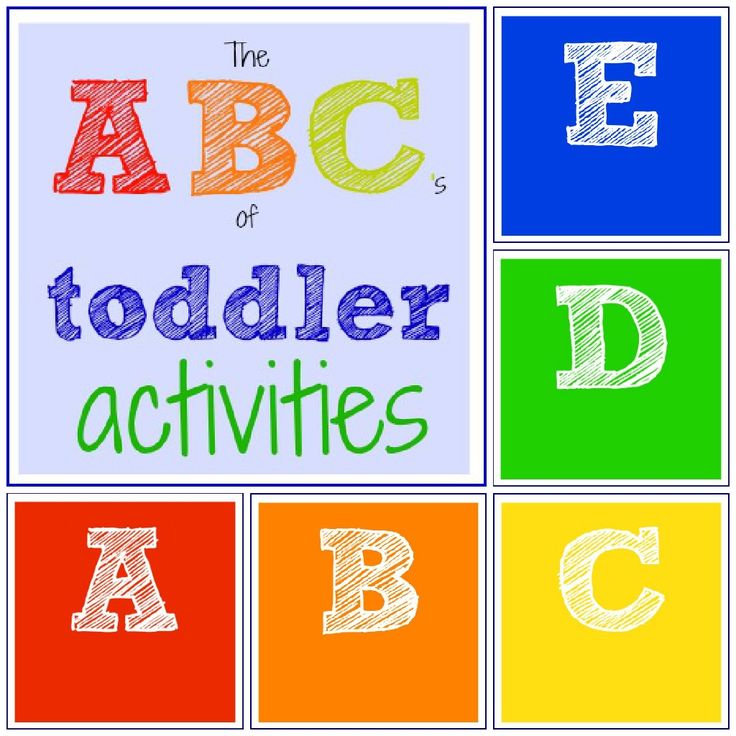 But in this primer much attention is paid to speech therapy moments. nine0003
But in this primer much attention is paid to speech therapy moments. nine0003
“My primer: a book for teaching preschoolers to read” N.V. Nishchevoi - a manual also with a speech therapy bias, but the author adheres to his own methodology for studying letters and sounds. The path from simple sounds to complex ones will help the child develop both reading skills and good articulation.
In order for a child to develop a love for reading from a very early age, VV Shakirova's Journey to the Sound Book is a good choice. There is more entertainment material here that will interest and captivate the child. In addition, Shakirova paid a lot of attention to the development of motivation, and this will definitely come in handy in the future, in the process of further study. nine0003
Games for learning the alphabet
In this section, we will give examples of games that will make learning more interesting and at the same time more effective. Entertaining elements will not only diversify classes, but also provide a fairly wide field for applying the acquired knowledge in practice.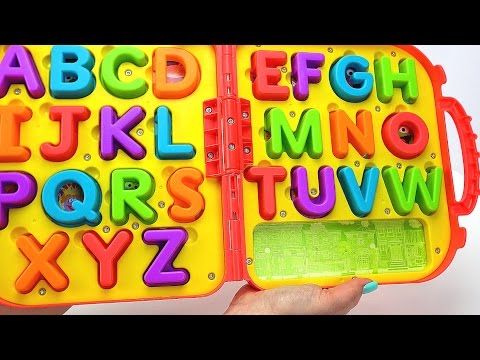
"Find the letter" . On a sheet of paper, arrange different letters in a random order. Let them be bright and large. You name the letter, and the child must find it and show it. A mobile version of this game is to hang sheets with large letters around the room, let the child find and tear off the desired sheet. nine0003
Memo . Prepare a set of cards, each letter must be represented in duplicate to get a certain number of pairs. Cards are laid out in several rows face down. Have the child turn over one card and name the sound that the letter on it represents. Then you need to find a pair for her by opening other cards. It didn’t work the first time - the cards are turned back face down and you have to look again. A pair was found - the player takes both cards for himself, and so on until the moment when all the cards run out. nine0003
“What letter does it begin with?” . Arrange several animals in a row - these can be drawings on paper, cards or small toys. Select the letters with which their names begin, and give them mixed to the child. The task is to correlate which letter refers to whom, and put it next to the desired animal.
Select the letters with which their names begin, and give them mixed to the child. The task is to correlate which letter refers to whom, and put it next to the desired animal.
"Collect the letter" . Draw a letter the size of the entire sheet of paper. Cut into several parts, let the kid assemble the resulting puzzle and name which letter is depicted on it. nine0003
Dice game . Surely you have cubes with letters, and if not, they are easy to make yourself out of paper. You roll a die and see which letter comes up on top. The child needs to remember an animal (or even an object!), The name of which begins with this letter and show it, for example, if the letter “B” fell out, then you can depict a crow - wave your hands like wings and croak.
Edible Letters . The alphabet is not only useful, but also delicious! Your child will have even more fun learning if he can not only name the letter, but also eat it. You can buy ready-made cookies in the form of letters, or bake them yourself, so the baby will even be more interesting, especially if you decorate the finished cookies together.